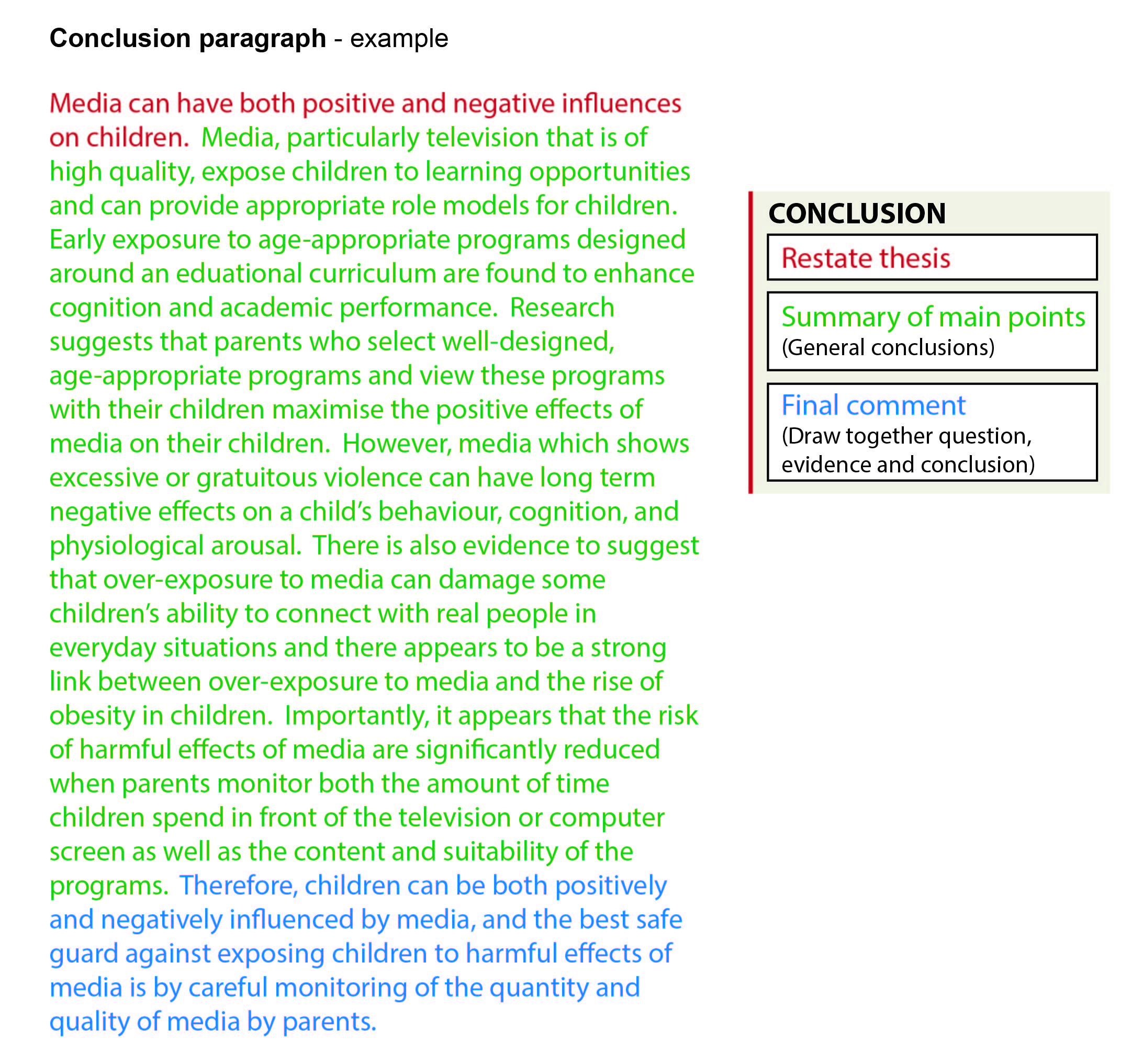If you are wondering how to write a conclusion for an essay, there are many methods you can use. You can use Externalization, Closing the Loop, or Rephrasing. Here are a few examples of effective methods:
Closing the loop
There are many ways to close the loop in an essay, but the most effective method is to leverage the content of a meeting. The notes and agenda from the meeting serve as a focal point, which can give the dangling action a home. This method is highly effective when you need to present a complex issue. You can close the loop by pointing to the dangling action and providing a response that satisfies the reader’s needs.
Another way to close the loop is to include relevant quotes. These examples may be in the form of a poem or an essay. These quotes are powerful and are sure to spark your creative juices. Try to use them in your essay as often as possible. They can help you get the wording right. By doing this, you will create a strong essay that catches your readers’ attention and acquaints them with your ideas.
Rephrasing the introduction
One common mistake students make when writing a conclusion for an essay is rephrasing the introduction. However, this is not much different from copying and pasting the introduction, which is just more information being repeated. The conclusion serves a different function. It should summarize the main points made in the body paragraphs. Do not simply repeat the same sentences. Instead, create a strong conclusion that ties the argument together and leaves the reader with a lasting impression.
When writing a conclusion for an essay, it is important to follow a similar structure to the introduction. The main point of the essay should be summarized, and the conclusion should remind the reader of the importance of the topic and the legitimacy of your side of the debate. You should also rephrase your thesis statement in the conclusion to emphasize the points you made. For example, if your thesis statement was “keep our city from becoming a waste dump” or “it is every citizen’s duty to protect the environment,” the conclusion should read, “keeping our city from becoming a big dump” instead. This example reinforces the main point of the introduction, while simultaneously creating a negative image in the minds of the reader.
Externalization
In an essay, an externalization conclusion is a way to draw the reader into a discussion of points or ideas that aren’t directly addressed in the body of the essay. This technique allows the writer to present ideas and information that may be completely unrelated to the topic at hand. It can also be effective in broadening the scope of a particular issue and encouraging readers to think about its implications in different ways.
In addition to this strategy, externalization can also be used to write a conclusion for an essay that deals with a more complex subject. In such cases, the conclusion should not introduce new information or expand upon previous points. Instead, it will connect the essay to a broader cause or message and summarize the main points. In this approach, the topic sentence is rephrased and restates the thesis statement, which typically occurs at the end of the introduction paragraph.
State the thesis for the first time in the conclusion
In the conclusion of an essay, writers often state the thesis. This strategy is called the Sherlock Holmes technique. This technique is used to avoid giving too much information away too early, and to “wow” the reader. Readers, however, do not expect a Sherlock Holmes mystery; they expect an analytical discussion of a topic. They also expect to hear the thesis up front. Thus, in the conclusion of an essay, writers should restate the thesis only after stating it in the body of the essay.
While the conclusion is a good place to introduce minor details, it is not appropriate to introduce new ideas or sources in the conclusion. This can seem weak and make the writing unfocused. Instead, the conclusion should provide further sophistication to the original ideas presented in the body. Avoid using poor language in the conclusion to ensure the reader doesn’t get confused. Instead, use simple and clear language. Avoid jargon and avoid overusing words.

